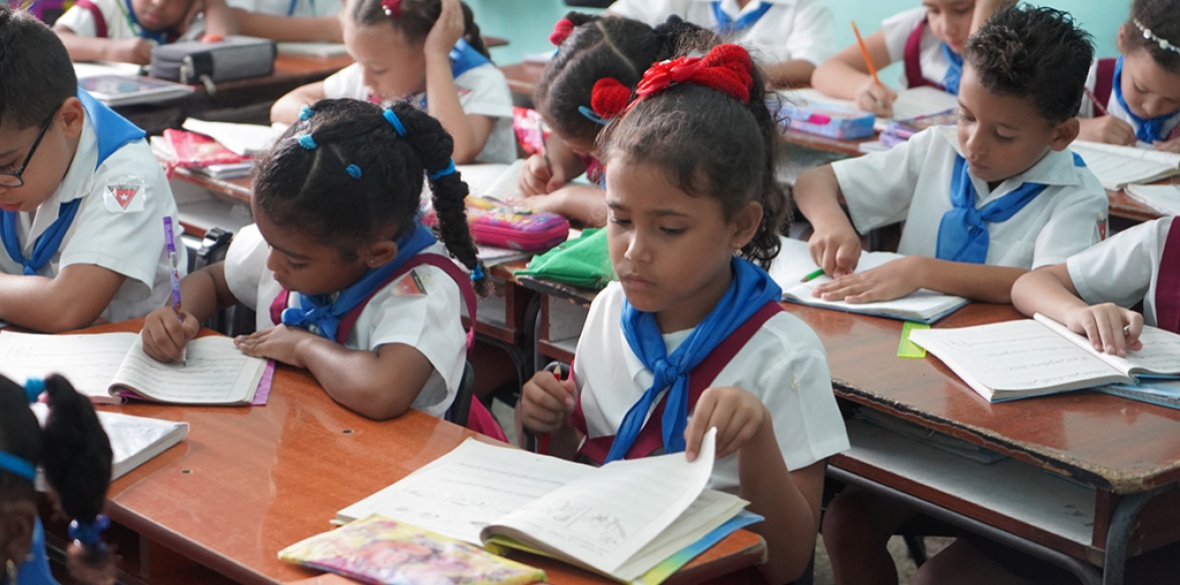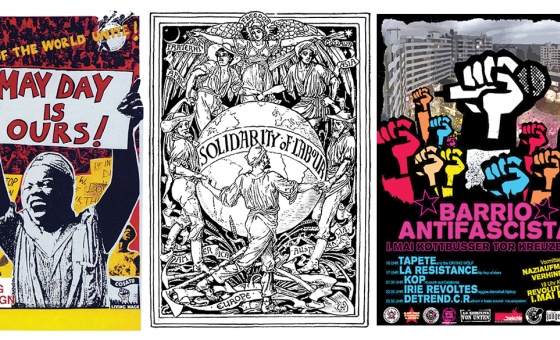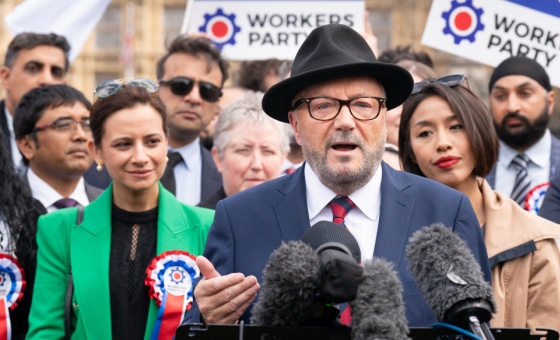This is the last article you can read this month
You can read more article this month
You can read more articles this month
Sorry your limit is up for this month
Reset on:
Please help support the Morning Star by subscribing here
ONE OF the first things to strike me, on my first ever visit to a Cuban secondary school, was the level of engagement of the young people.
I was not the only person to pick up on this. On that delegation (in 2016), we had two teenagers and their immediate reaction was the same.
Discussing the visit 15 minutes after it finished, they both commented on exactly the same phenomenon.
The interactions they had had with young people around their own age, whether observing them in lessons, in the presentations they gave, or chatting informally with them around the school, showed a completely different attitude towards school and towards learning than the one they were familiar with in Britain.
We spent the rest of the week (and I followed up two years later) trying to unpick exactly what was different and where it came from.
The conclusion we came to, after a wide range of school visits and discussions with teachers and students, was that the high levels of engagement and motivation shown by Cuban students of all ages, across all the areas — urban and rural — that we visited, was to do with the level at which the schools engaged democratically with their students, both in terms of the democratic structures of the schools themselves and the preparation they offer students for democratic engagement with society beyond the school gates.
Among the first things you notice in a Cuban school — alongside the motivation of the students — are the slogans, posters and murals that adorn the walls.
At first, these stand out but by the end of a week they seem entirely familiar, given how ubiquitous they are in Cuba. Figures such as Che Guevara, Fidel Castro, Jose Marti, Nelson Mandela and Albert Einstein fill the classroom walls, usually accompanied by a quote that may be specific to education, or even a particular curriculum area, or may be more generally about society.
These are interspersed with scenes from the Cuban Revolution, Cuban and international flags, and unaccompanied slogans and quotes.
What was particularly interesting was talking to the students about what these images mean to them. As one 14-year-old explained to a small group of us while conducting a tour of the school: “These are important figures from Cuban and international history and we want to learn about their successes and emulate them.
“However, it is very important for us to recognise that they were not perfect. They were human like us and they made mistakes. Che made mistakes. Fidel made mistakes. We must learn about what they did right and wrong.”
He went on to explain to us that, if historical figures are held up as idols, painted as never having made mistakes, they are not role models because it is not possible to aspire to be like them.
They become an abstraction. We had similar conversations with both Cuban students and teachers throughout our stay about the importance of role models and heroes but also of critically appraising their lives and recognising that no-one is infallible.
Cuba has a range of mass organisations which play a key role in the democratic process, including the trade unions and the federation of women.
These also extend into the schools system. Every class, in both primary and secondary school, elects its own class president and officers. This is both a preparation for engagement in the democratic process outside of the school and of direct impact within the school.
The elected members from each class come together and form a kind of school council, which meets regularly and elects its own president and officers.
The elected student president for the school sits on the school governing body, alongside the head, teaching staff representatives, support staff representatives and parents.
Many schools also organise a day per term where the students come off timetable and activities are organised by the student council.
One school we visited had recently had such a day, organised around the theme Imagination — what kind of world do we want to live in?
They were in the process of organising their next student-led day on the theme “With our feet on the ground — Making our ideas reality.”
Many students are also members of the National School Students’ Union, which elects local and national officers who play a similar representative role on municipal and national education committees and are involved in decision-making on issues such as curriculum reform and school funding.
Throughout the time we spent in Cuban schools, it became really clear that Cuban students are highly motivated precisely because they have the opportunity, and a culture, of democratic engagement within the education system, both a future citizens in a democratic society and as current participants in the education system.
Beyond the Blockade: Education in Cuba is published by Manifesto Press and is available at a discounted price of £6.50 inc P&P from the Cuba Solidarity Campaign online shop cuba-solidarity.org.uk.










